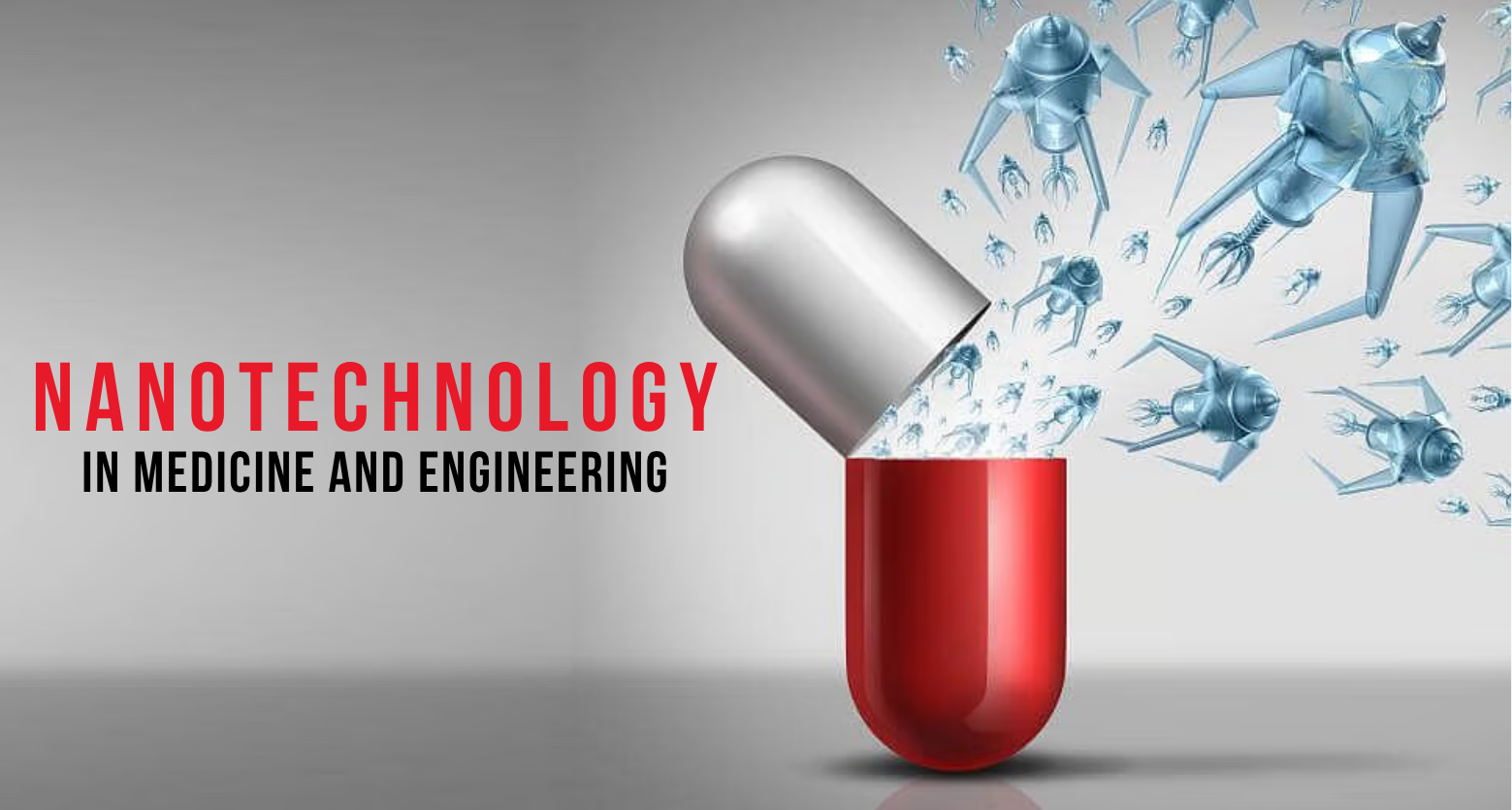Nanotechnology may sound like science fiction, but it’s very real and rapidly transforming the world around us. By manipulating materials at the molecular or atomic scale (1 to 100 nanometers), scientists and engineers are developing revolutionary solutions in both medicine and engineering.
From cancer treatment to self-healing materials, nanotechnology is proving that big breakthroughs can come in incredibly small packages.
What Is Nanotechnology?
Nanotechnology is the science of working with matter on an ultra-small scale. A single nanometer is one-billionth of a meter, so small that tens of thousands of nanometers could fit across a human hair.
At this scale, materials often behave differently. They can become stronger, more reactive, or electrically conductive in ways their bulk counterparts cannot. Scientists use this to create entirely new capabilities, especially in the fields of healthcare, construction, electronics, and environmental science.
Applications in Medicine: A Health Revolution
Nanotechnology is changing how we treat disease, detect illnesses, and deliver drugs. Here are some of the most exciting applications:
-
Targeted Drug Delivery:
Nanoparticles can carry drugs directly to affected cells especially in cancer therapy minimizing side effects and increasing effectiveness. -
Diagnostic Imaging:
Nanoprobes enhance MRI and CT scans, making it easier to detect diseases early, even at a molecular level. -
Smart Implants:
Nano-coatings on surgical implants can prevent bacterial infections, speed up healing, and improve tissue integration. -
Gene Therapy and RNA Delivery:
Lipid nanoparticles, like those used in mRNA COVID-19 vaccines, are helping scientists deliver genetic material with precision and safety.
These innovations are driving what many call personalized medicine where treatments are tailored to an individual’s biology.
Nanotechnology in Engineering: Building the Future Atom by Atom
Beyond medicine, nanotechnology is reshaping materials science, construction, and mechanical engineering:
-
Stronger, Lighter Materials:
Carbon nanotubes and graphene some of the strongest materials ever discovered are used in everything from aircraft to sports equipment. -
Self-Healing Surfaces:
Nano-engineered coatings can repair themselves after scratches or minor damage, increasing the durability of consumer goods, electronics, and even roads. -
Water Filtration and Purification:
Nano-filters can remove viruses, bacteria, and heavy metals from drinking water, providing clean water solutions to developing regions. -
Nanoelectronics:
Transistors and memory chips made with nanotechnology are faster, smaller, and more efficient, powering next-generation computing.
Nanotechnology isn’t just enhancing traditional engineering it’s redefining what is possible.
Ethical Considerations and Challenges
With great power comes great responsibility. As nanotech grows, so do concerns about:
-
Toxicity and Safety:
The long-term effects of nanoparticles on human health and the environment are still being studied. -
Privacy and Surveillance:
Nano-scale sensors could revolutionize data collection but they could also be used in invasive ways. -
Regulation and Oversight:
There is still a lack of unified global standards on the development and use of nanotechnology.
Ethical frameworks will be essential to ensure nanotech is used safely, fairly, and transparently.
The Small Science With Massive Potential
Nanotechnology is no longer just a scientific curiosity it’s a transformative force across medicine and engineering. With continued research and responsible development, it promises to make our lives healthier, safer, and more connected than ever before.
As we look to the future, it’s clear that the tiniest technologies may be the ones that make the biggest difference.









